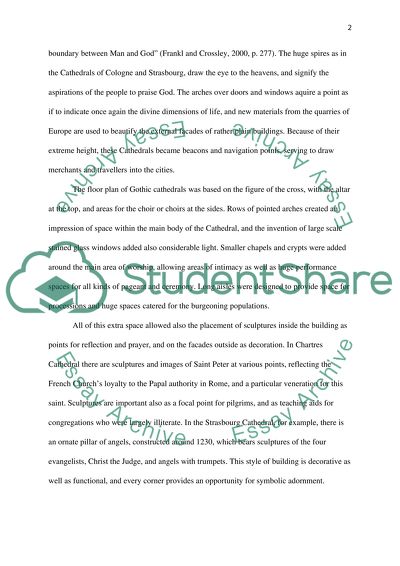Cite this document
(“Gothic Cathedral in 12th-15th Centuries in Western Europe Essay”, n.d.)
Retrieved from https://studentshare.org/religion-and-theology/1446954-gothic-cathedral-in
Retrieved from https://studentshare.org/religion-and-theology/1446954-gothic-cathedral-in
(Gothic Cathedral in 12th-15th Centuries in Western Europe Essay)
https://studentshare.org/religion-and-theology/1446954-gothic-cathedral-in.
https://studentshare.org/religion-and-theology/1446954-gothic-cathedral-in.
“Gothic Cathedral in 12th-15th Centuries in Western Europe Essay”, n.d. https://studentshare.org/religion-and-theology/1446954-gothic-cathedral-in.


